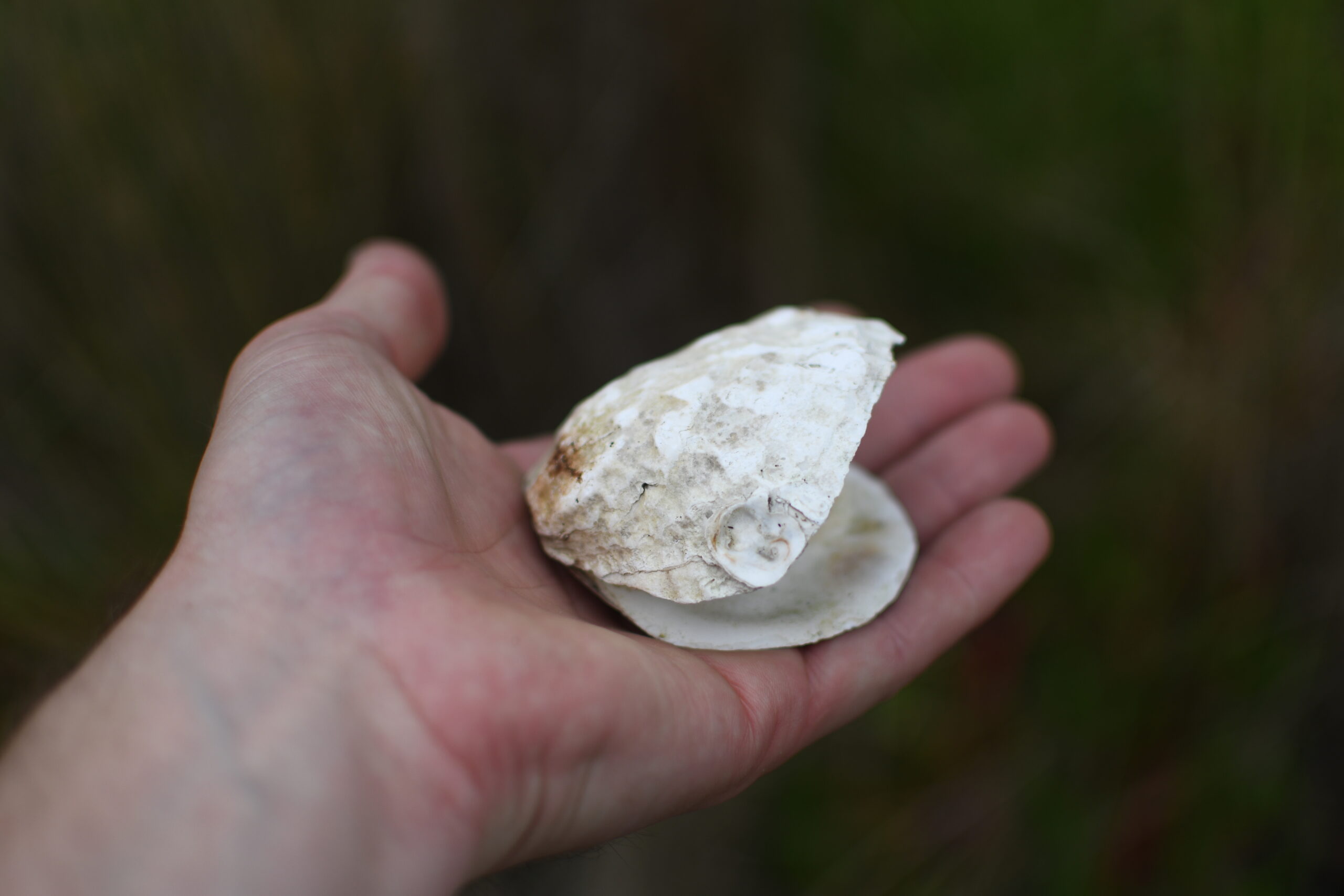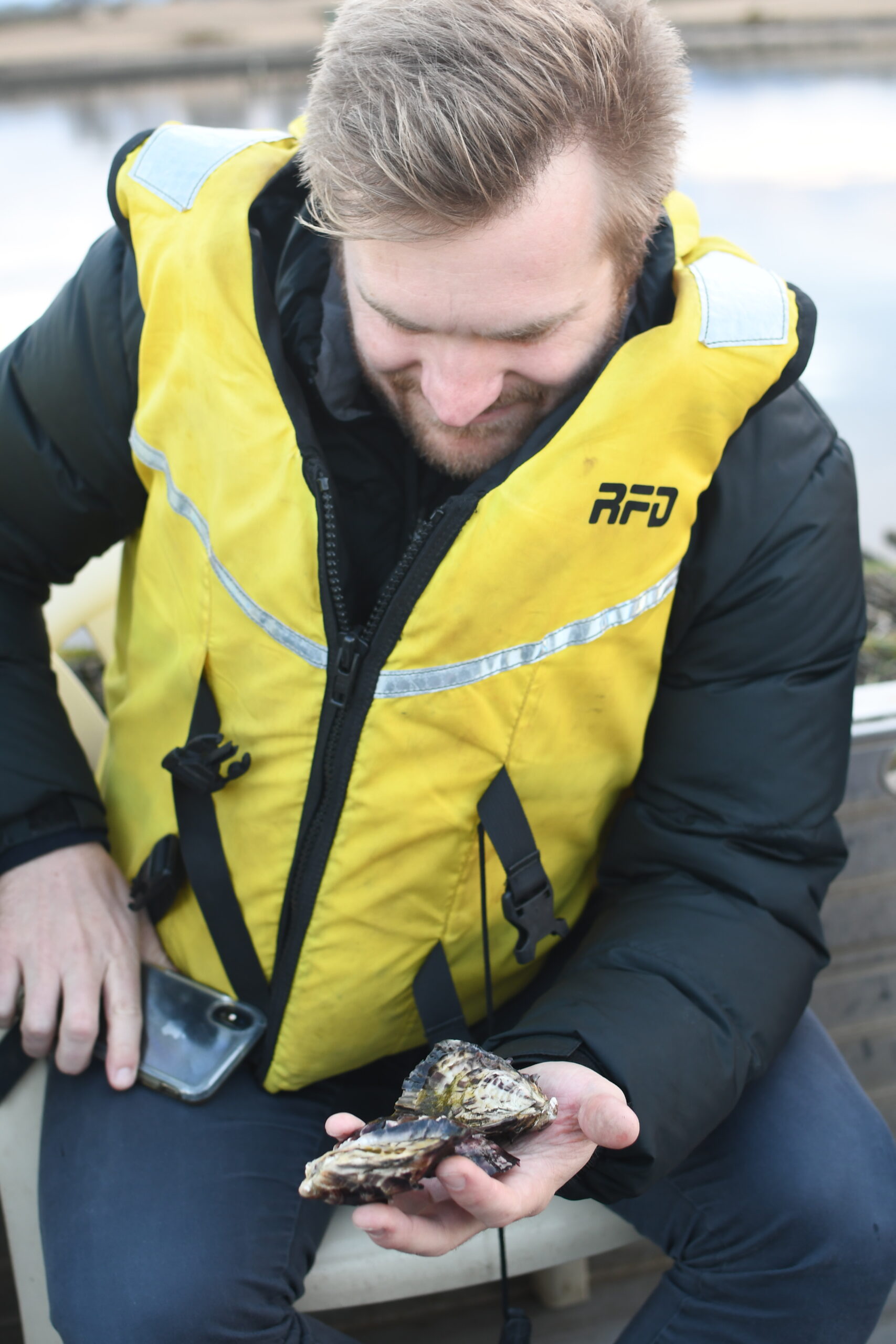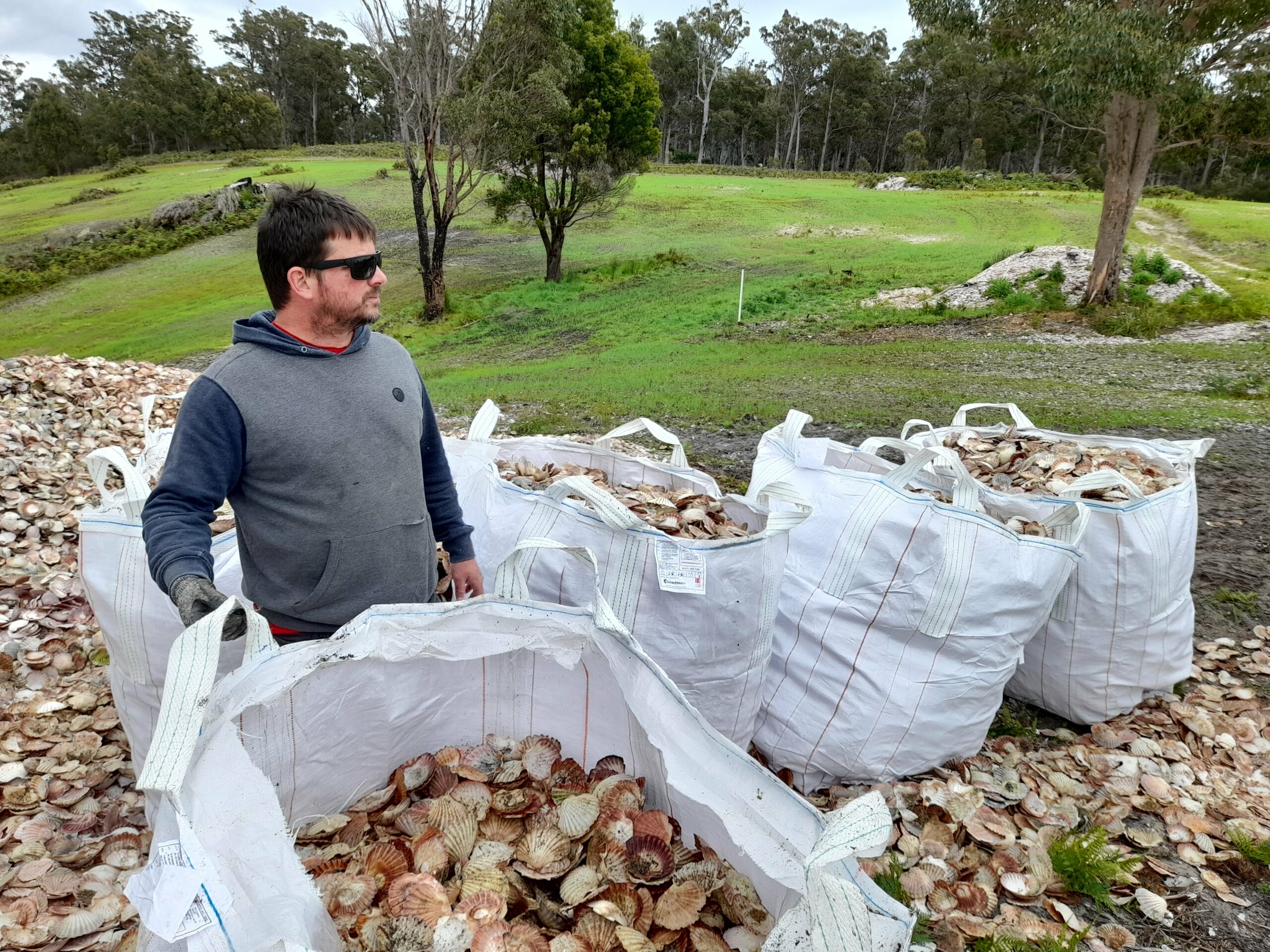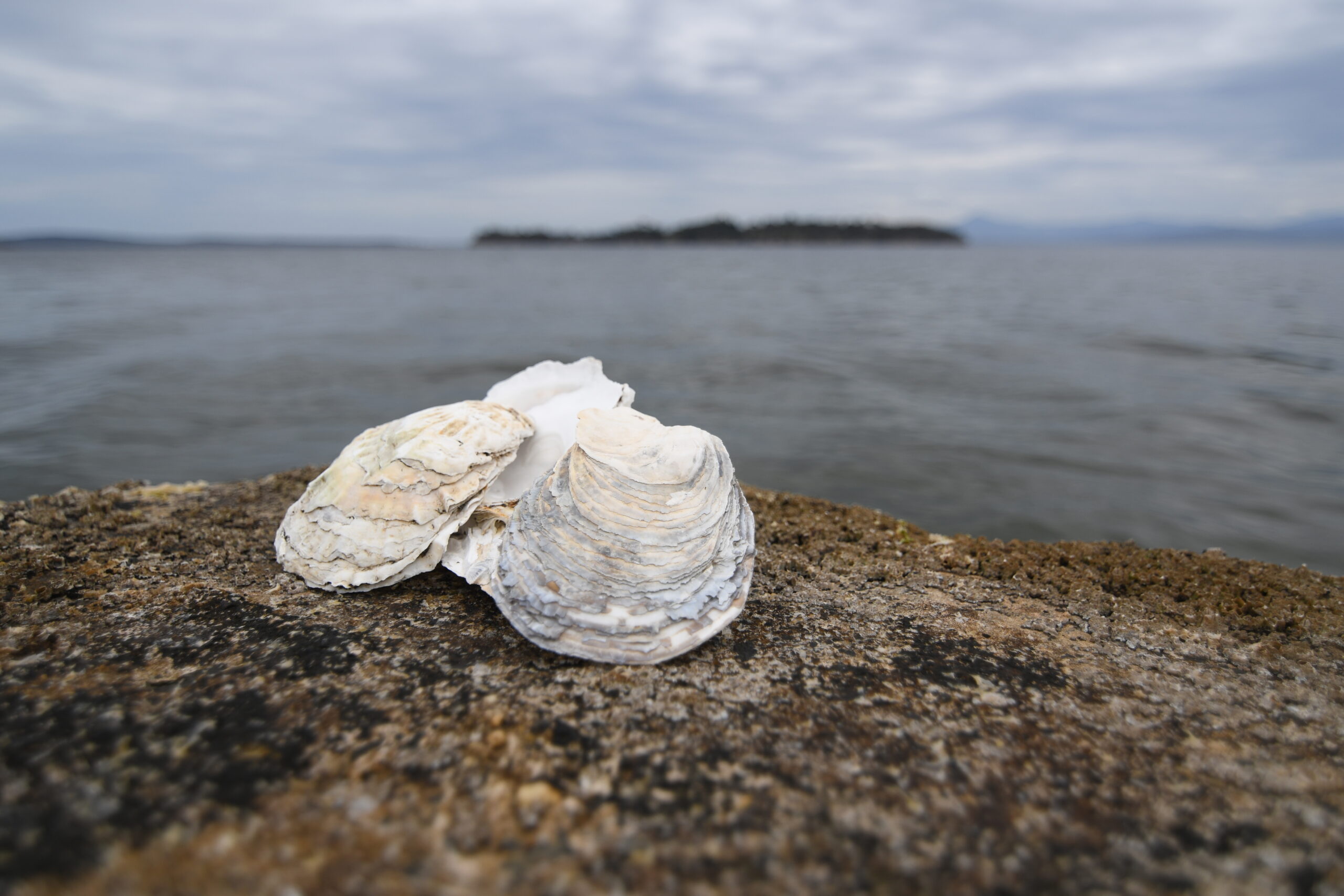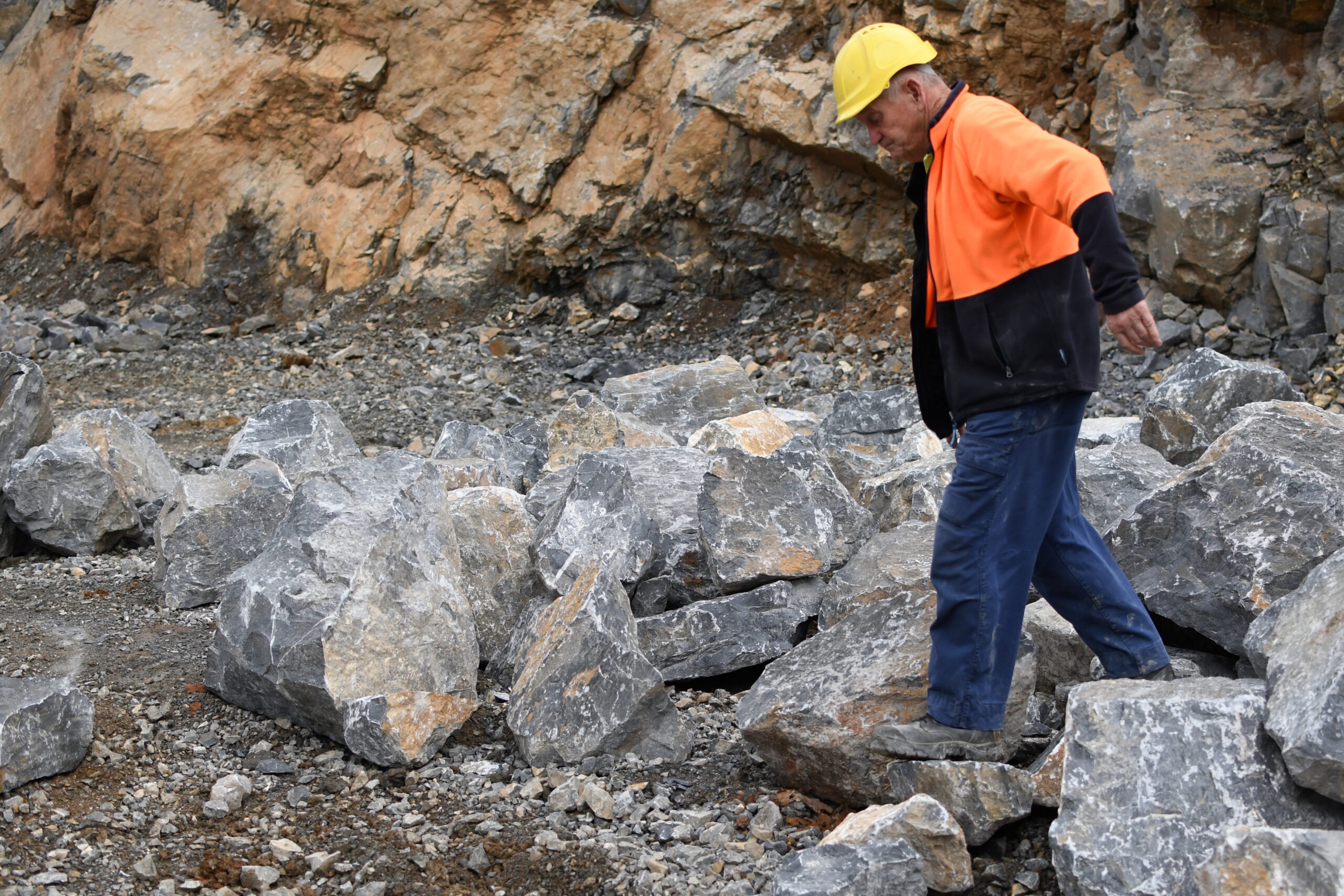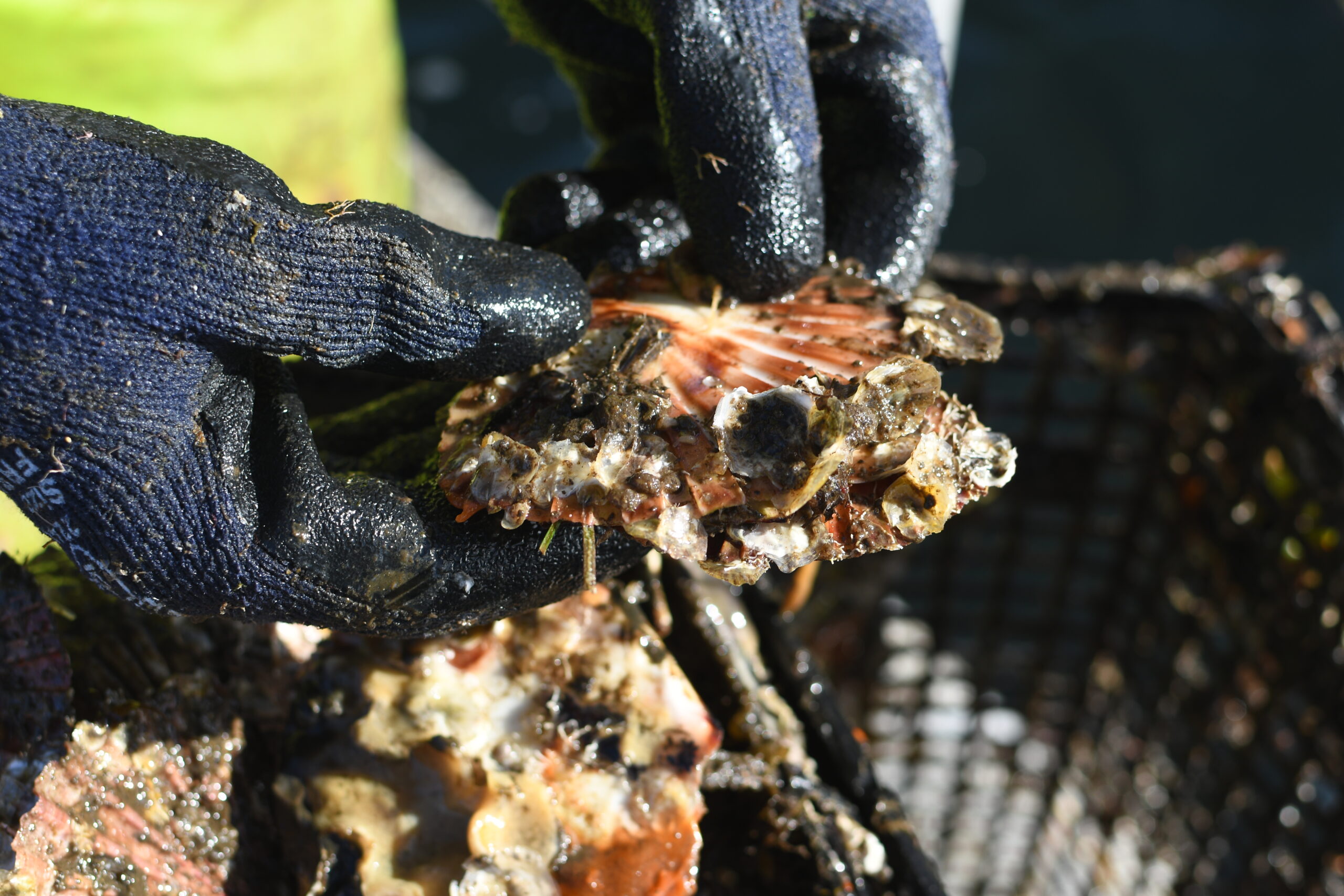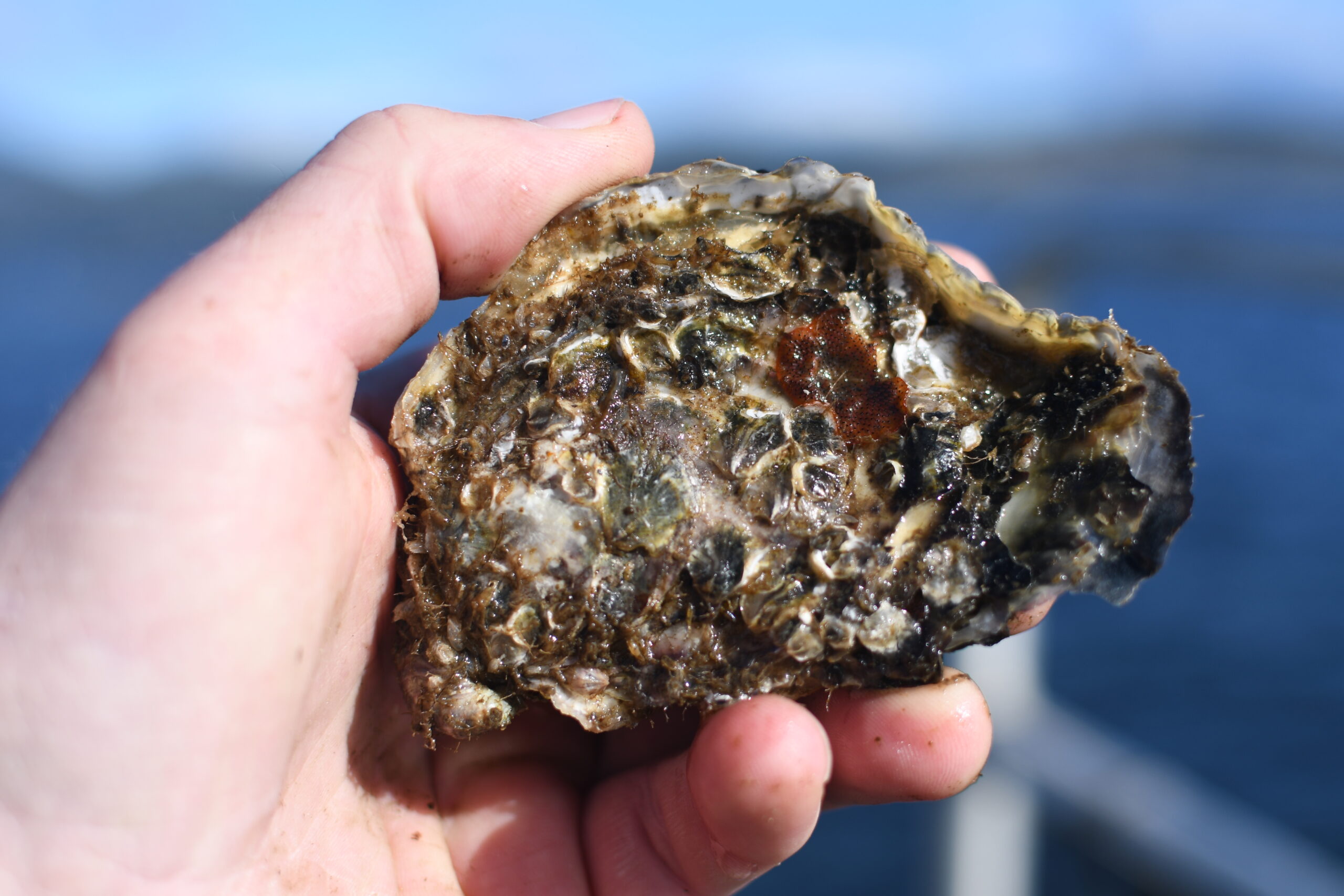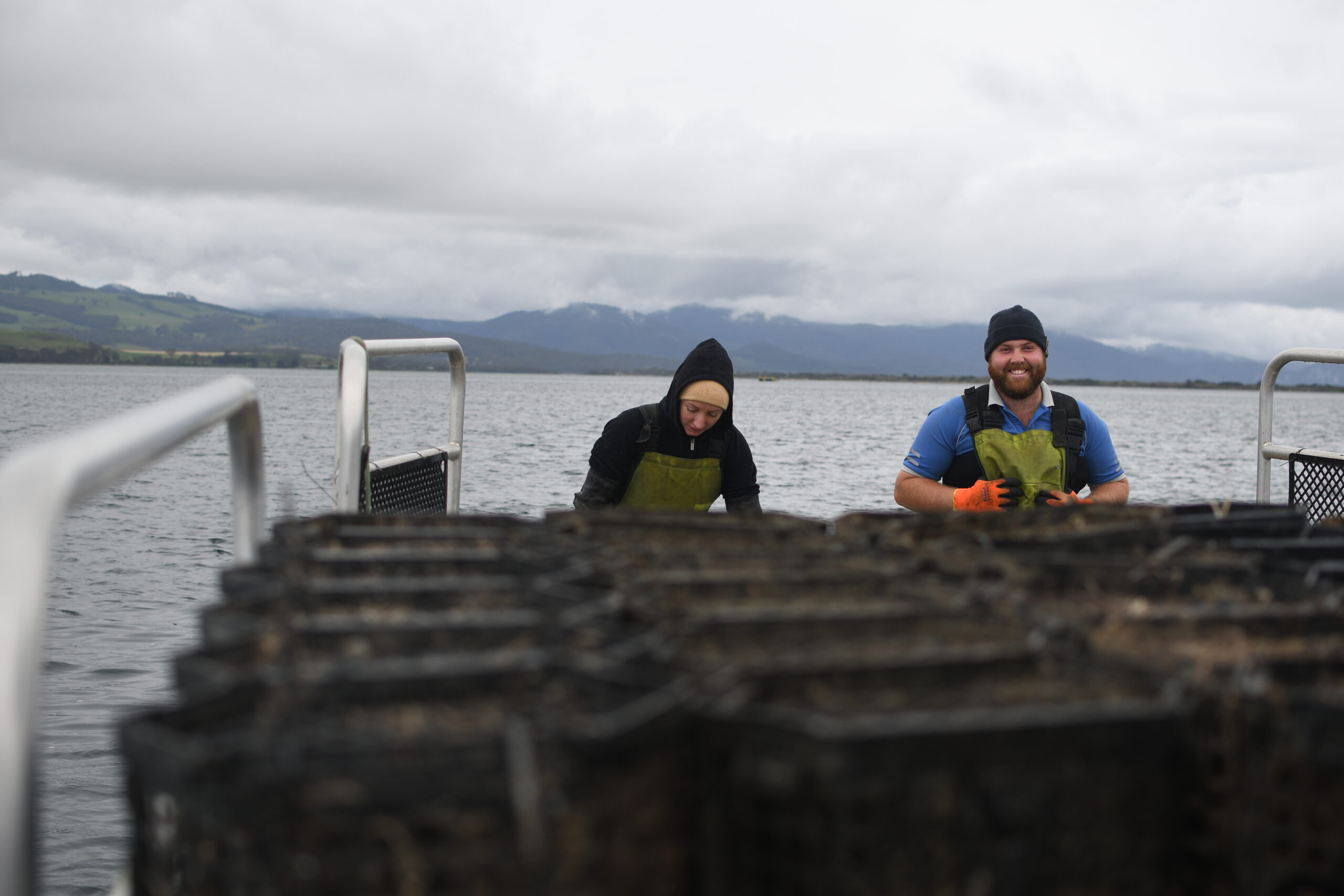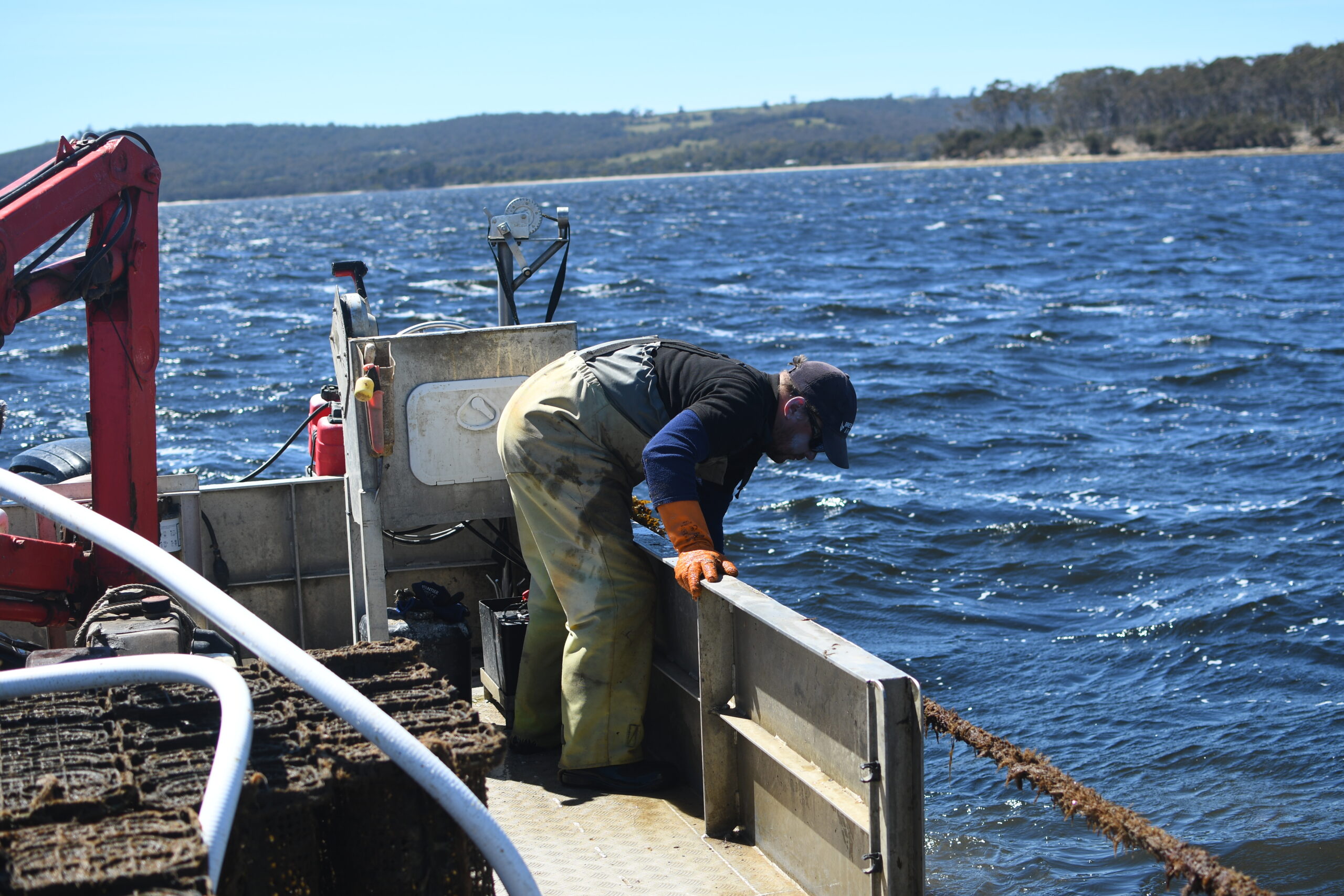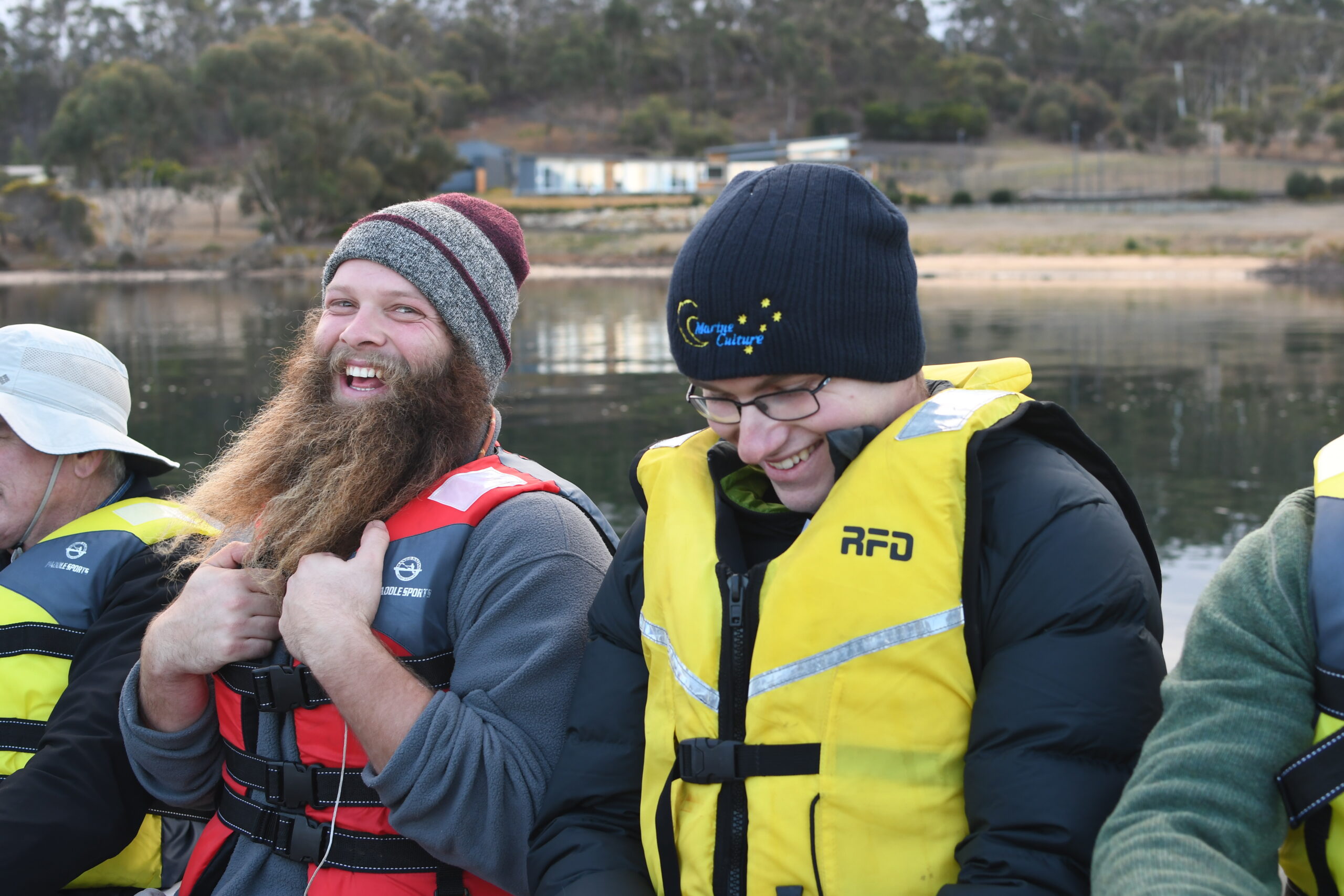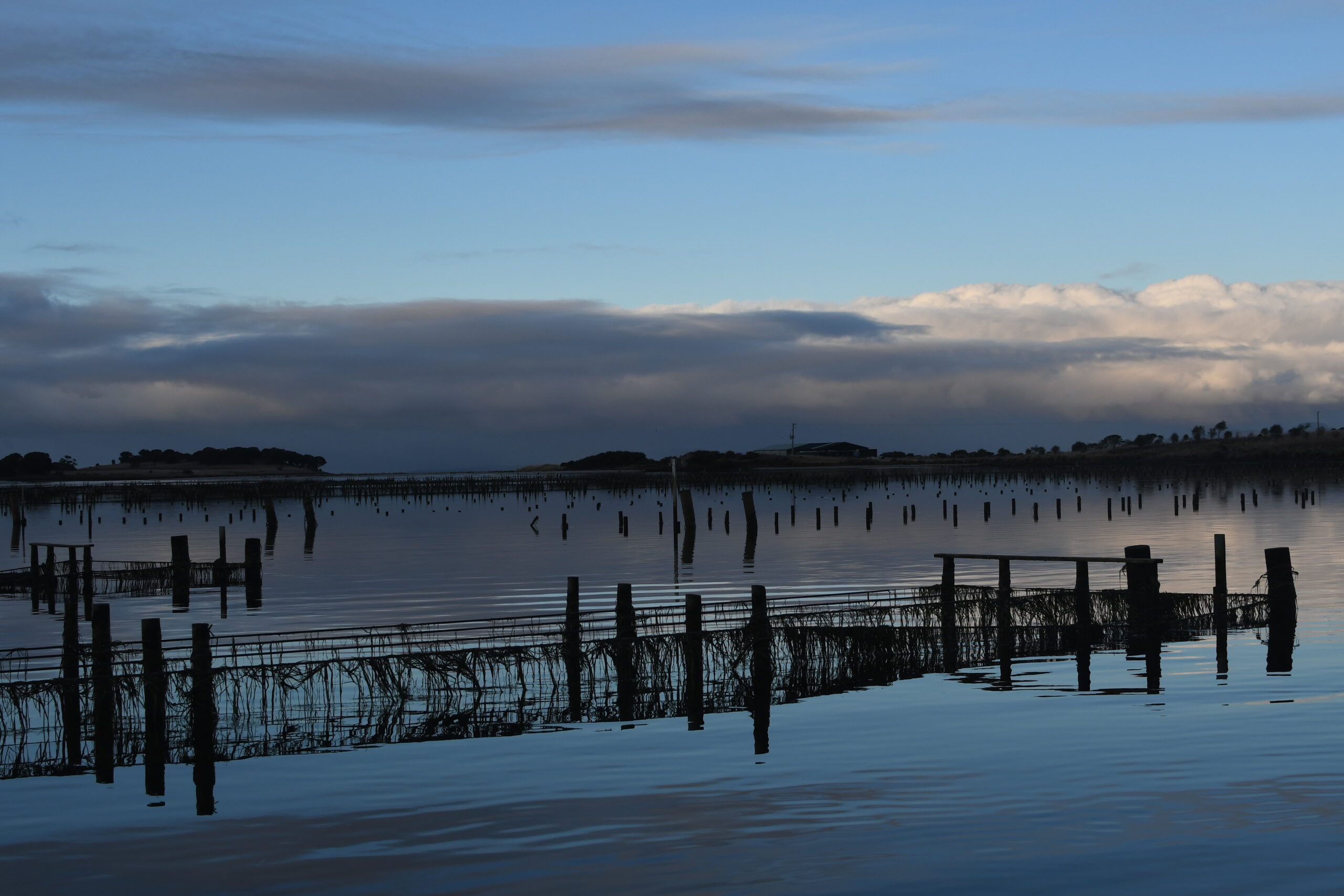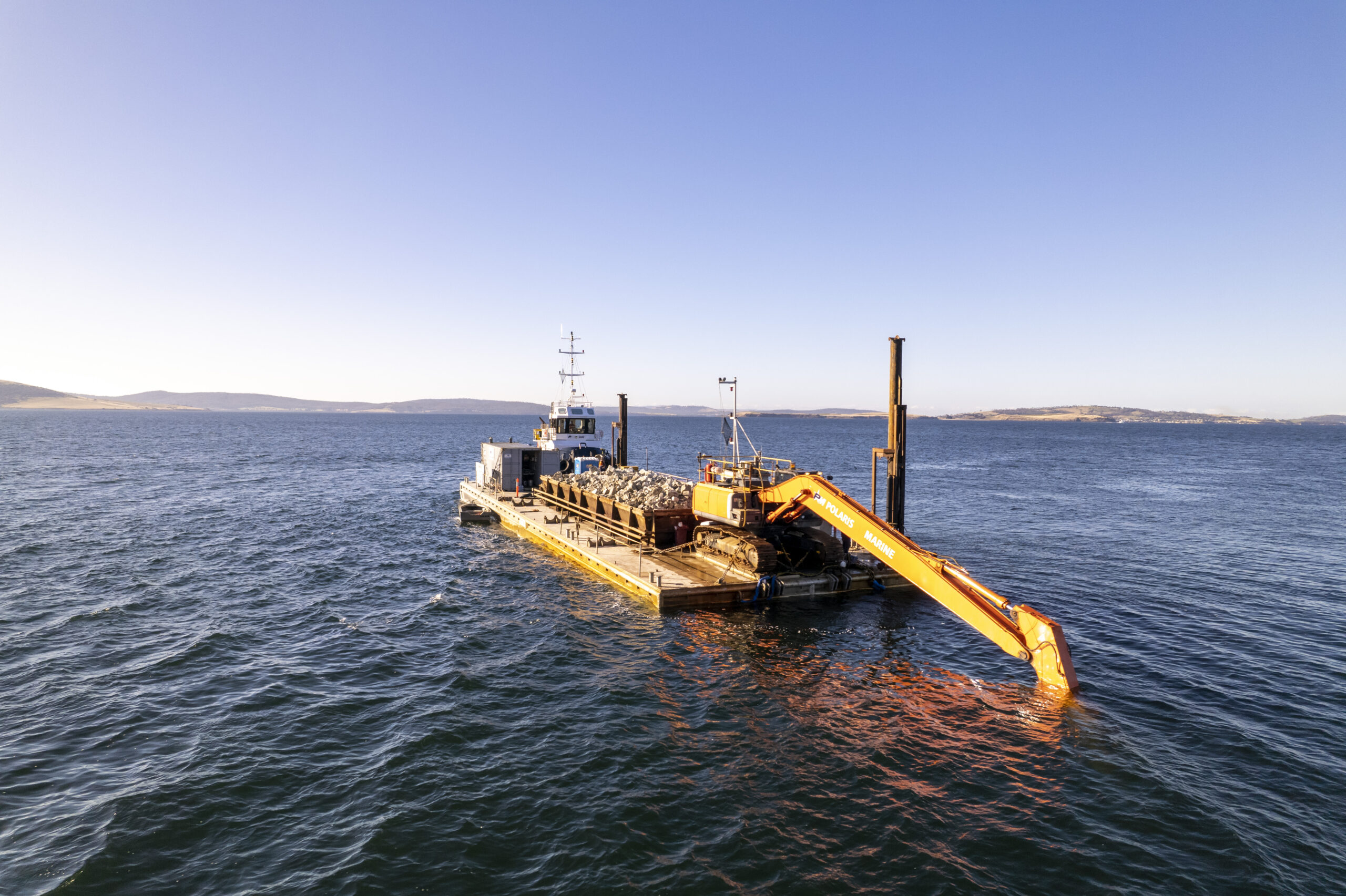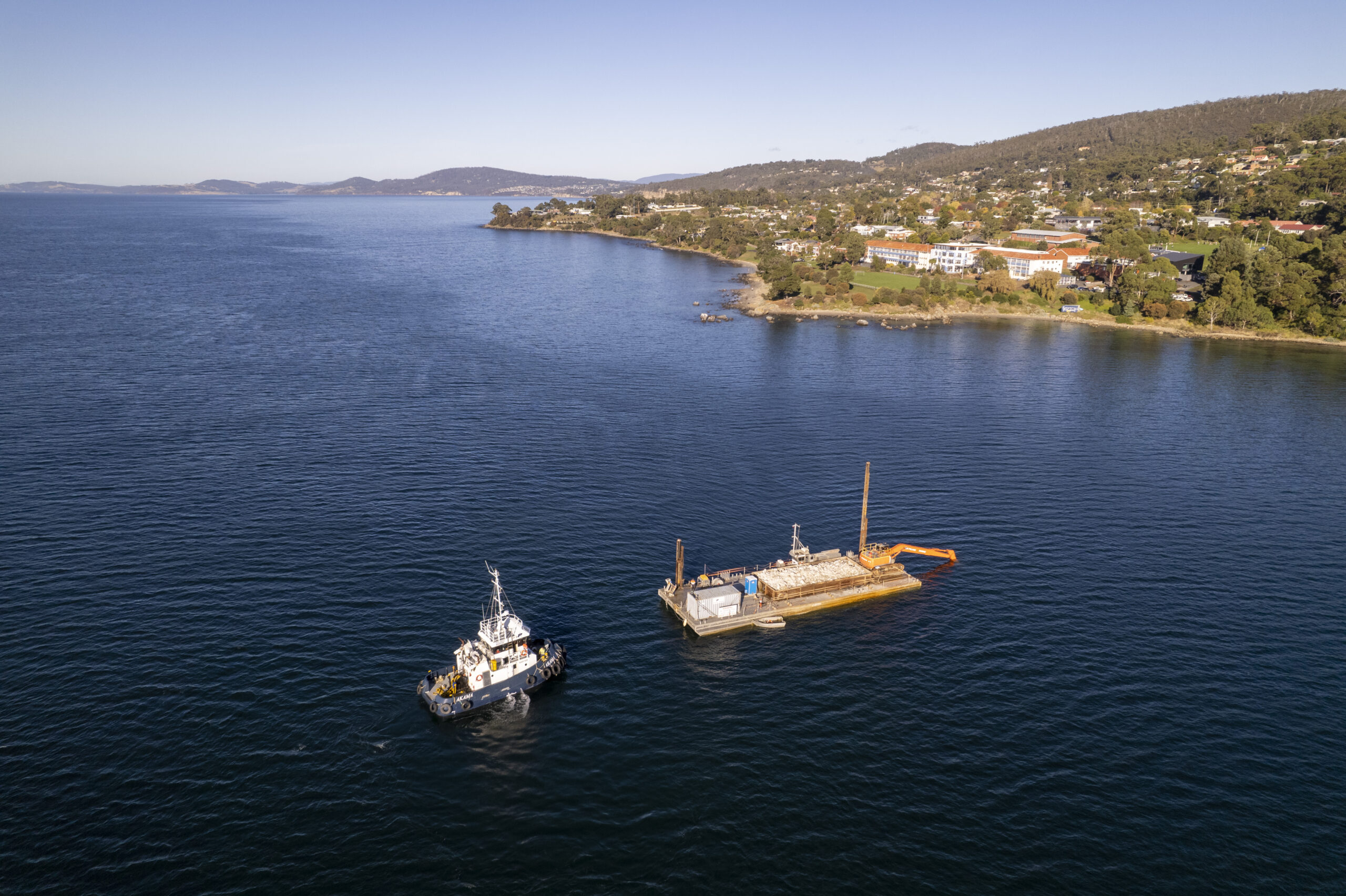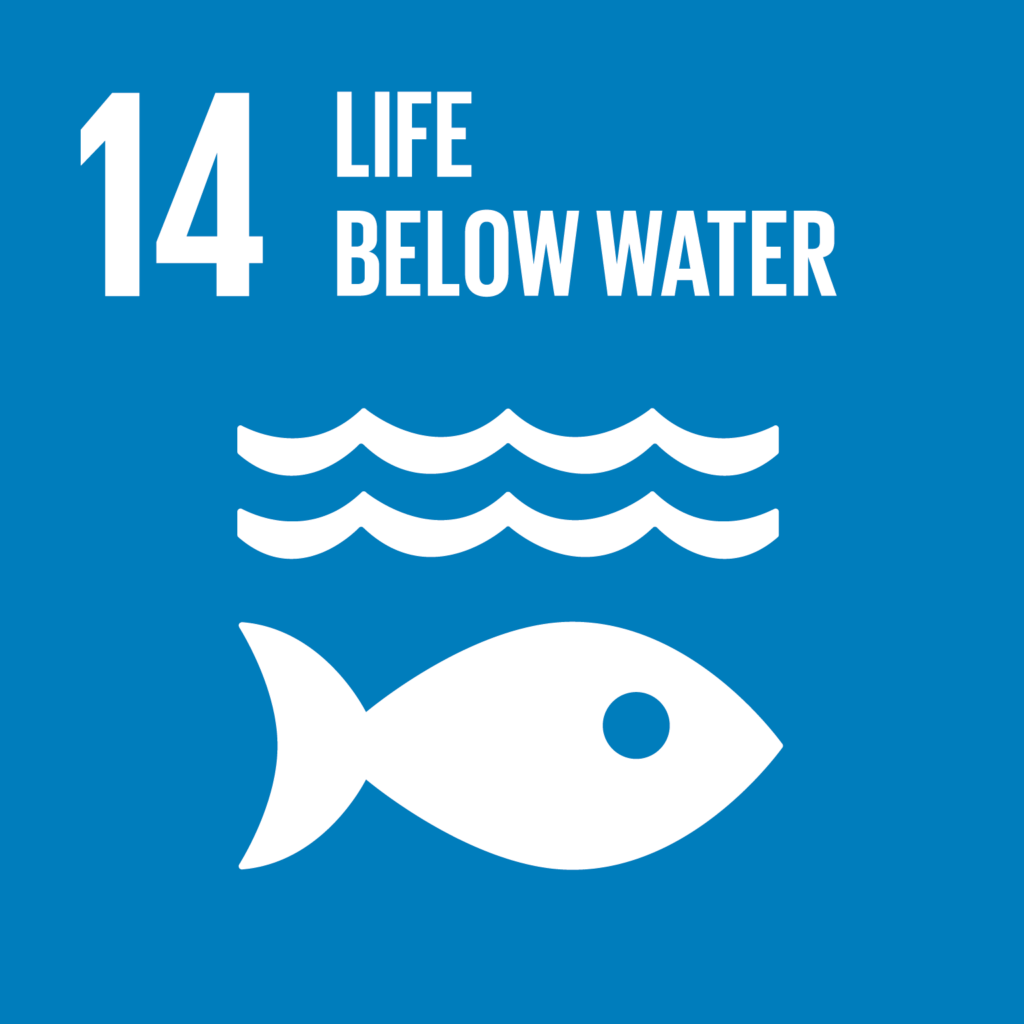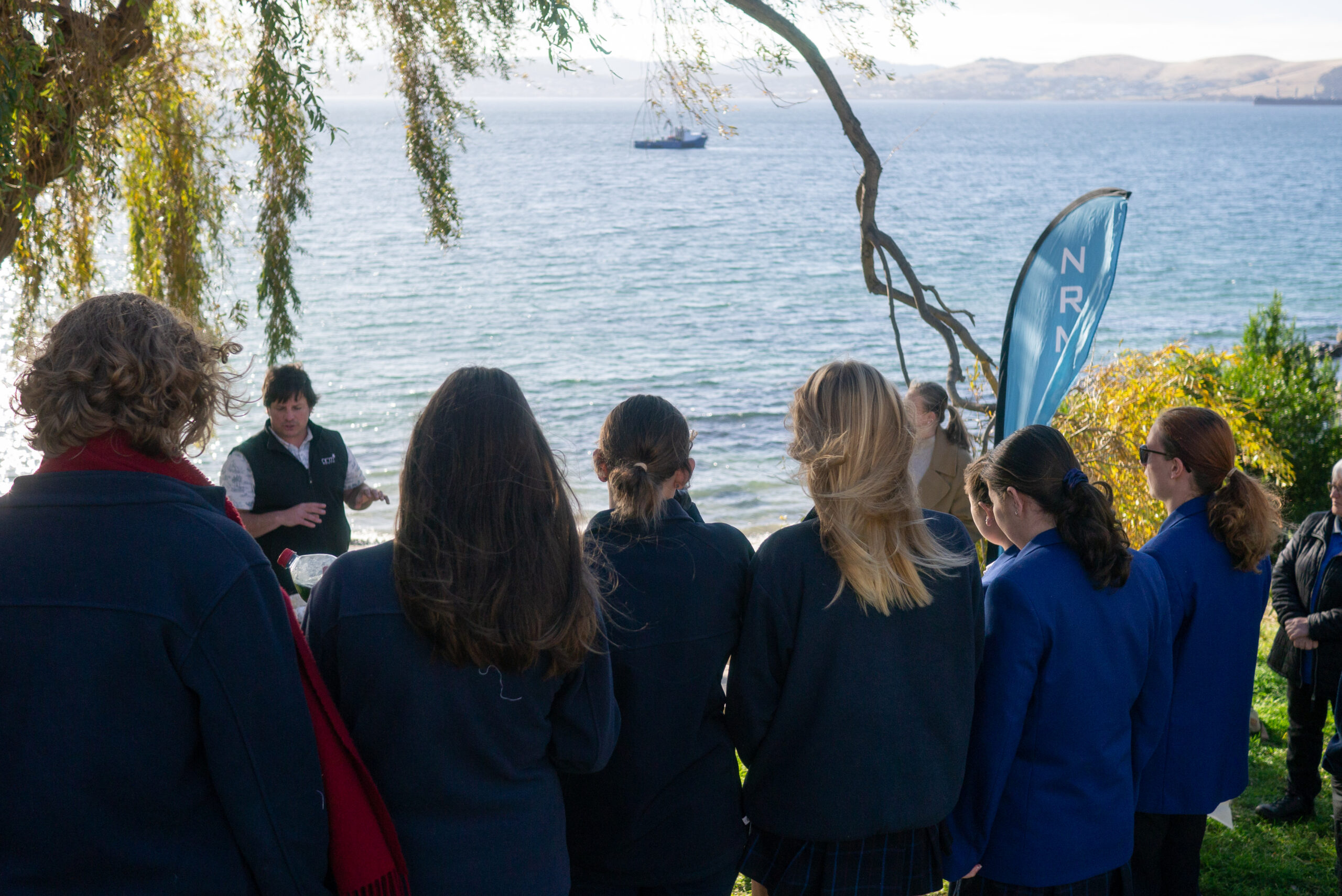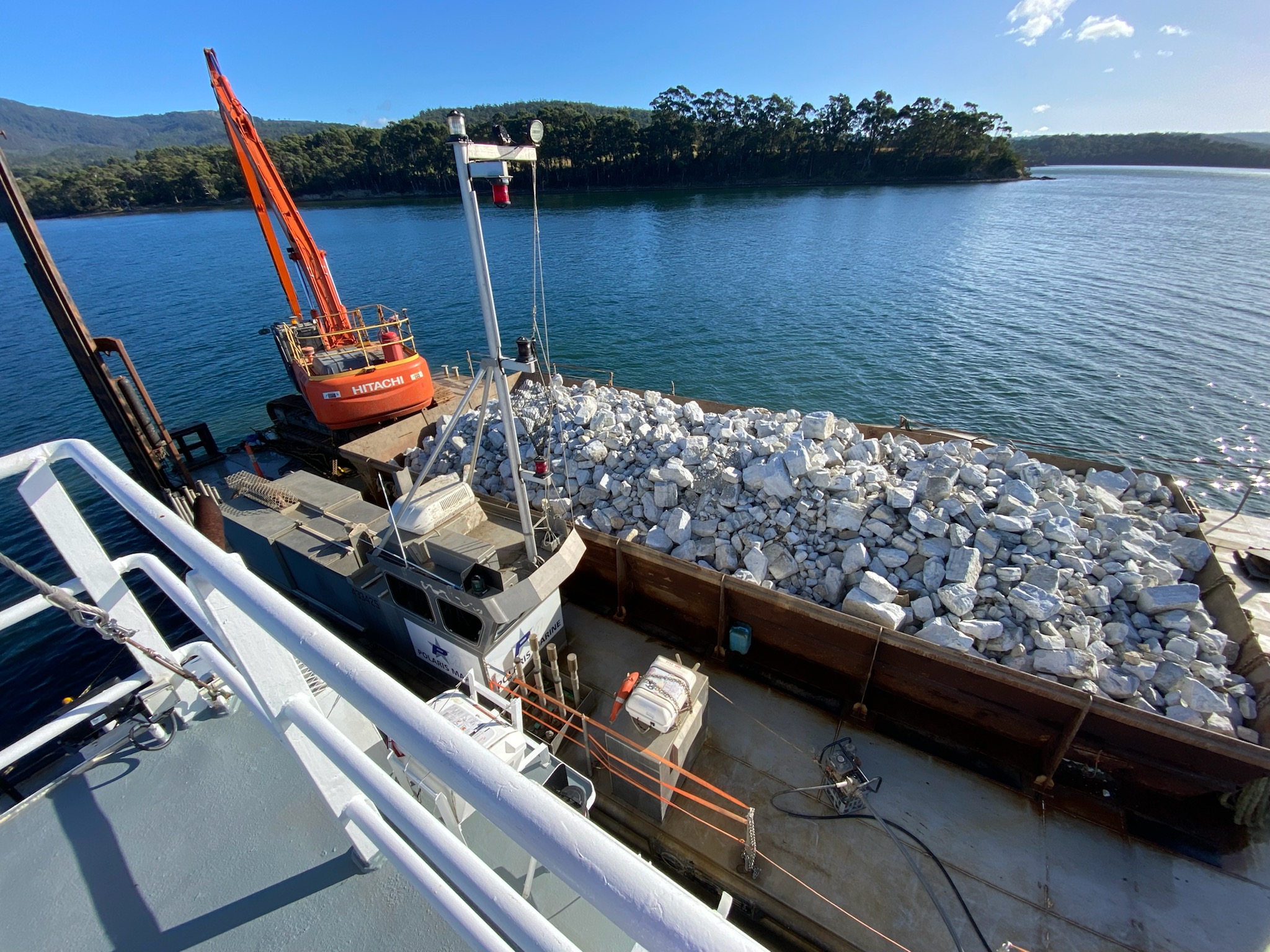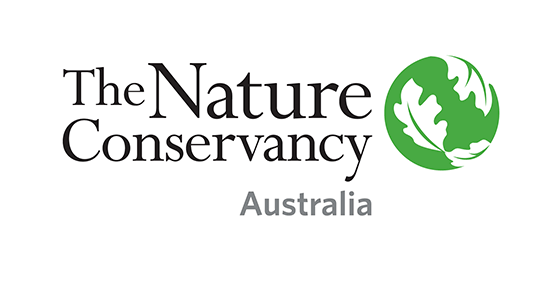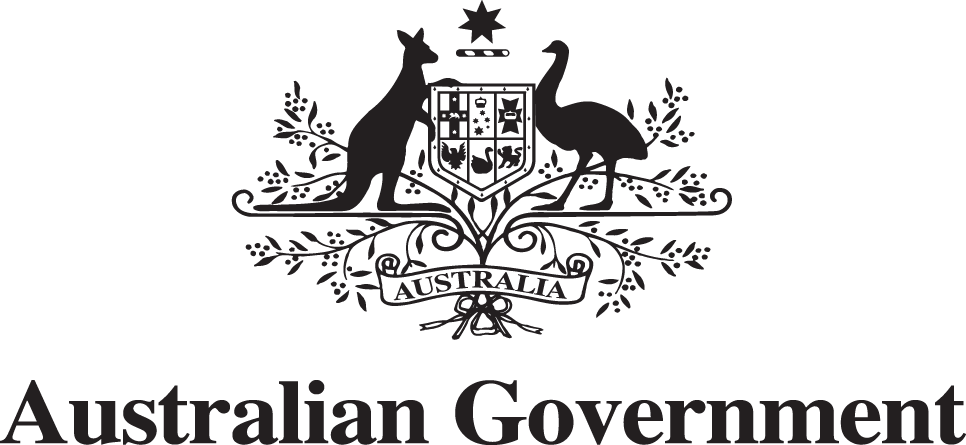Reef Builder
Australia’s shellfish reefs are an endangered marine ecosystem, with only 10% of native rock oyster and 1% of native flat oyster reef remaining today, based on historical reef distribution. For this project, we worked with The Nature Conservancy to restore native flat oyster reefs in the Derwent Estuary and D’Entrecasteaux Channel, where this type of habitat was previously extensive.
Tasmania is home to Australia’s last remaining Angasi oyster reefs. As well as securing the future of this critically threatened ecosystem, restoring shellfish reefs brings a range of benefits. It improves water quality, boosts fish stocks, provides homes for a diverse range of sea life and generates regional employment.
Our Approach
We worked with The Nature Conservancy to build new angasi oyster reefs by;
- Developing a Restoration Suitability Model to inform site selection in southeast Tasmania, complemented by underwater natural values surveys;
- Identifying optimum sites for restoration;
- Identifying and laying foundational material;
- Supporting oyster farmers to grow young oyster spat for reseeding the new reef, and;
- Reseeding the reef with oyster spat, and coordinating follow-up monitoring
PROJECT PILLARS REEF BUILDER
Background
Reef Builder is a partnership between the Australian Government and The Nature Conservancy, to restore shellfish reef habitat in at least 11 coastal communities around Australia. The Australian Reef Builder Initiative is a $20 million partnership between the Australian Government and TNC Australia to bring shellfish reefs back from the brink of extinction and support the economic recovery of communities impacted by bushfires and COVID-19 restrictions.
NRM South led the delivery of Reef Builder in partnership with The Nature Conservancy in south east Tasmania. We restored two hectares of native flat oyster reef at two sites in the Derwent Estuary and D’Entrecasteaux Channel.
Angasi oyster reefs (Ostrea angasi – also known as flat oysters) were once common throughout Tasmanian waters and were an important food source for Tasmania’s Aboriginal people. To this day, we can still see large middens which tell the story of sustainable harvesting practices that nourished communities for tens of thousands of years. Records from the first European settlers show that native oysters were extremely abundant and regularly harvested in many estuaries around Tasmania. In the years following European colonisation, the native oyster fishery was an important resource, but with intensive and indiscriminate dredging, and changing estuarine conditions, the ecosystems soon collapsed.
Since then, our oyster reefs have not shown signs of recovery. A small population of Angasi oysters in Georges Bay, on Tasmania’s east coast, is now the only known remaining reef of its kind in Southern Australia and represents around 1% of the original national distribution.
As well as helping to restore a critically endangered marine ecosystem, the project will boost local employment. By employing local maritime construction, earthmoving, aquaculture and engineering businesses, and inspiring local communities to get involved in marine restoration initiatives, the project is bringing a myriad of social and environmental benefits to south-east Tasmania.
Planning & Permitting
Permits to construct the reef needed to be obtained from Tasmania’s Environmental Protection Authority.
Public consultation was open for a 28-day period from 2 July to 30 July 2022, and no representations were received in relation to the proposals. Various environmental issues were considered by the EPA Board in its assessment, particularly natural values, biosecurity issues, water quality and construction noise. These issues were addressed via conditions to restrict construction times and stipulate the method by which the artificial reef installation should be carried out.
The proposal was considered by the Executive Director in the context of the sustainable development objectives of the Resource Management and Planning System of Tasmania (RMPS), and in the context of the objectives of the Environmental Management and Pollution Control System (EMPCS) established by the EMPC Act. Given the restorative and non-commercial nature of the proposals, the EPA has offered an assessment fee waiver and regulatory fee exemptions to NRM South.
Permits were granted by the EPA in late August 2022.
Reef Restoration
The construction of the reefs at Taroona and Woodbridge was carried out from late Aril to early May 2023.
Utilising suitable rock procured from a local quarry in the Hobart region, a marine contractor built multple small oyster reef patches across the two sites, effectively restoring a combined total of two hectares of oyster reef habitat. The low-profile oyster reefs that were constructed in 7-9 metres deep waters provide substrate for oysters to attach to and elevate the oysters off the bottom to ensure they don’t get smothered by sand or sediment.
Once the rock was placed, approximately 1.5 million native Angasi oysters were deployed across the two sites in mid-May, marking a significant milestone for the project. This was accomplished by a local commercial diving outfit, emphasising the role of local businesses in supporting such important marine restoration activities.
Monitoring
Early reports from divers in the weeks after the reefs were seeded were positive, with records of small fish beginning to school on some of the reefs, indicating that the newly restored native oyster reef habitats are already starting to attract marine life. However, research has shown that it will take 4-7 years for the reefs to fully develop. By this time, it is expected that multiple generations of oysters will dominate the reef and the environmental benefits of the reefs will be comparable to the reference native oyster reef habitats at Georges Bay on Tasmania’s east coast.
Reef monitoring is scheduled for October 2023. This monitoring will be undertaken by a marine consultant and will focus on the growth and survival of the native oysters. The diving surveys will also look at the variety of marine fishes, invertebrates, and plants that have colonised the reefs since their construction.
Project Achievements
- Formed a Technical advisory group
- Preliminary stakeholder engagement complete
- Developed RSM with TNC and select sites
- Permitting complete
- Reef construction complete
- Reef seeding complete
Project Achievements
~1700 t rocks deployed for reefs
~1.5 million oyster spat seeded onto reefs
2 ha reef restored
What's Next
The construction phase of the project wrapped up in May 2023. Ongoing regular monitoring of the reefs will track the health of the reefs and the species on and around them.
